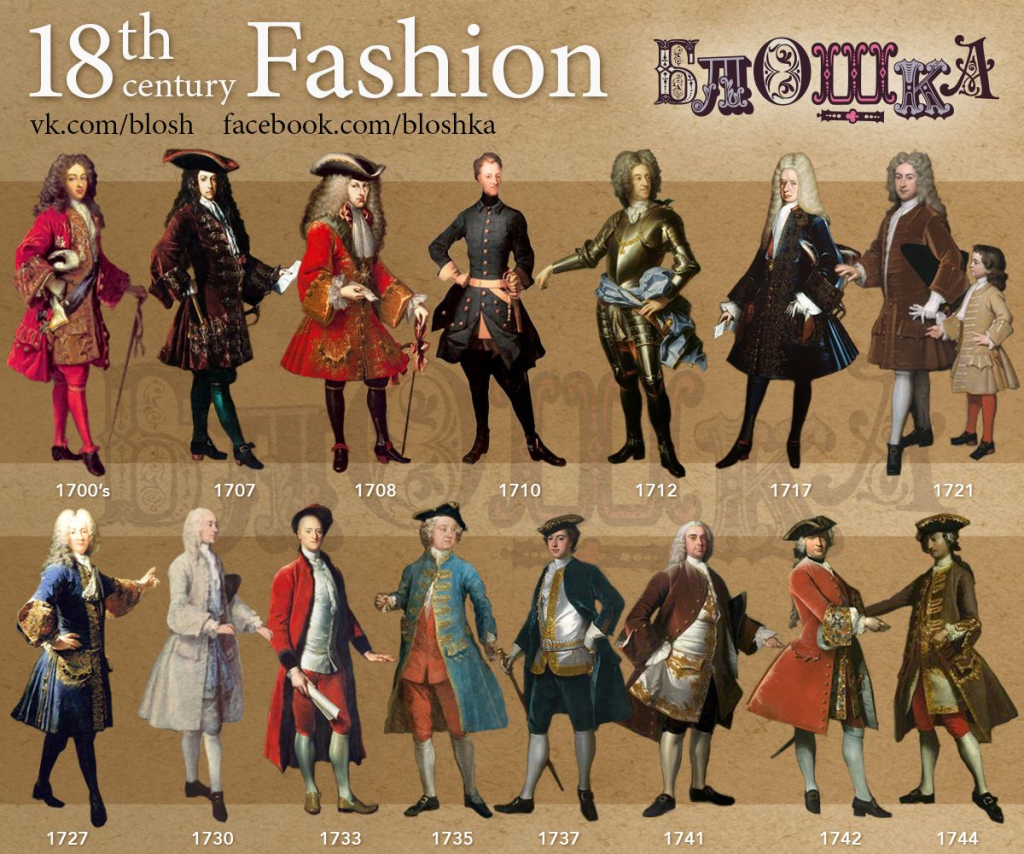In the early 18th century, whether you were British, French, Italian, Dutch, or Swedish, if you lived in the British North American colonies, you naturally considered yourself “British.” English was the common language, and “British rights” were highly coveted by all. However, as time passed, the concept of being “British” grew fuzzy. Instead, people started identifying by their colony—one was a Virginian, another a Pennsylvanian, and yet another a New Englander. These colonies seemed like separate “nations,” with little in common. That is, until the French and Indian War (1754–1763) changed everything.

This war forced colonists from different regions to collaborate, communicate, and recognize their shared experiences. Suddenly, Virginians and New Englanders weren’t so different. New Yorkers and South Carolinians had common interests. A new sense of unity emerged, and with it, the birth of a new national identity—”Americans.”
The First Use of “Americans”
The term “Americans” was first recorded during the War of Jenkins’ Ear (1739–1748), a conflict between Britain and Spain. North American colonists eagerly joined the fight, forming militias that fought alongside the British regulars. This was the first time British authorities referred to the colonists as “Americans” rather than the previously used, and somewhat dismissive, “Provincials.”
However, the first person to seriously ask, “What is an American?” was not a Brit—but a Frenchman named Michel Guillaume Jean de Crèvecœur.
The French Aristocrat Who Became an American Farmer
Born in Normandy, France, in 1735, Crèvecœur came from nobility. His father was the Count of Crèvecœur (which ironically means “broken heart” in French). At 19, he immigrated to New France (Canada), just as Britain and France were clashing in the French and Indian War. Serving under General Montcalm as a cartographer, Crèvecœur witnessed the fall of Quebec in 1759 and the ultimate collapse of New France.
During the war, an unexpected opportunity took him to British-controlled New York. There, he saw prosperity, personal freedoms, and self-sufficient farmers living independent lives—things almost unimaginable in aristocratic Europe. Enchanted by this new world, Crèvecœur left Canada for New York in 1759, purchased a farm, and fully embraced his new life. He even adopted an English name: Hector St. John.
Defining the American Identity
As a farmer in New York, Crèvecœur marveled at the lifestyle he found. In Europe, only the nobility and the ultra-wealthy could own land. But in America, independent farmers thrived, creating a society unlike any other. He saw America as a land of opportunity where people from different backgrounds could unite and prosper.
Inspired by his experiences, Crèvecœur wrote Letters from an American Farmer (1782), in which he famously asked, “What is an American?” He answered:
- Americans were a new people with fresh ideas, free from the constraints of the Old World.
- They were individuals who had left behind oppression and embraced self-determination.
- They were diverse—Dutch, English, French, German—marrying across nationalities and religions in ways unheard of in Europe.
- They were hardworking, self-reliant, and committed to personal and communal success.
His book painted a vivid picture of the American landscape: fertile fields, simple yet prosperous homes, orchards bursting with fruit, and an overall sense of abundance. He even shared farming techniques and recipes, including an early version of the “American-style” apple pie.
A Bestseller That Inspired Generations
Letters from an American Farmer was a massive success, published in six European countries. It captivated European readers, showing them a vision of America as a land of freedom, hard work, and endless potential. Many who read Crèvecœur’s work were so inspired that they left their homelands, sailing across the Atlantic to start new lives in America.
Crèvecœur’s vision of America—one without rigid class hierarchies, where people of different backgrounds lived, worked, and thrived together—helped shape the young nation’s identity. His writings foreshadowed the values that would later be enshrined in the Declaration of Independence and the Constitution.
The Lasting Impact of “What is an American?”
Today, Crèvecœur’s question still resonates. His vision of America as a melting pot of cultures, a land of opportunity, and a nation built on hard work and equality remains central to the country’s identity. His insights not only defined the early American experience but also influenced generations of immigrants who came seeking the promise of a better life.
In a world where national identities are constantly evolving, Crèvecœur’s words remind us that being “American” has never been just about birthplace or background—it has always been about shared ideals of freedom, opportunity, and unity.
So, what is an American? Perhaps the answer is still unfolding.

No comments yet.